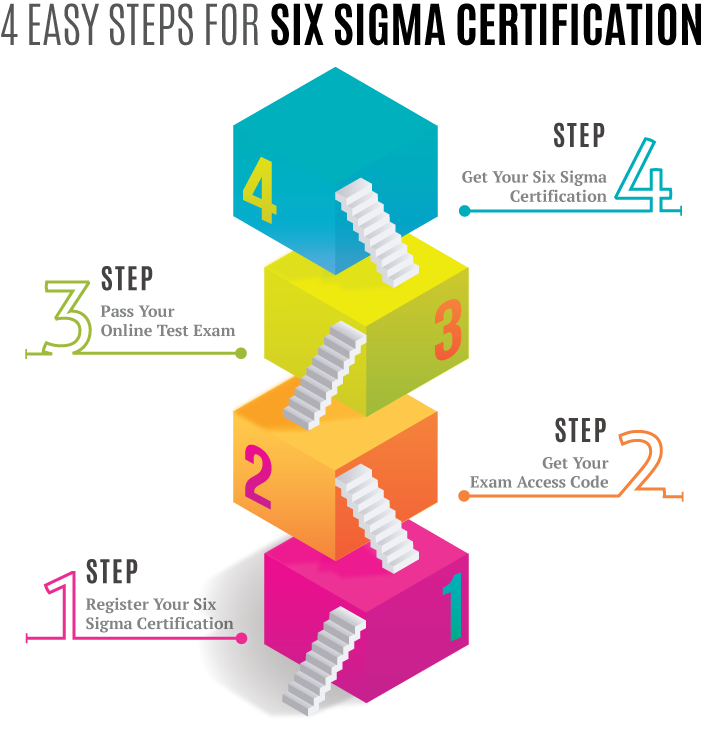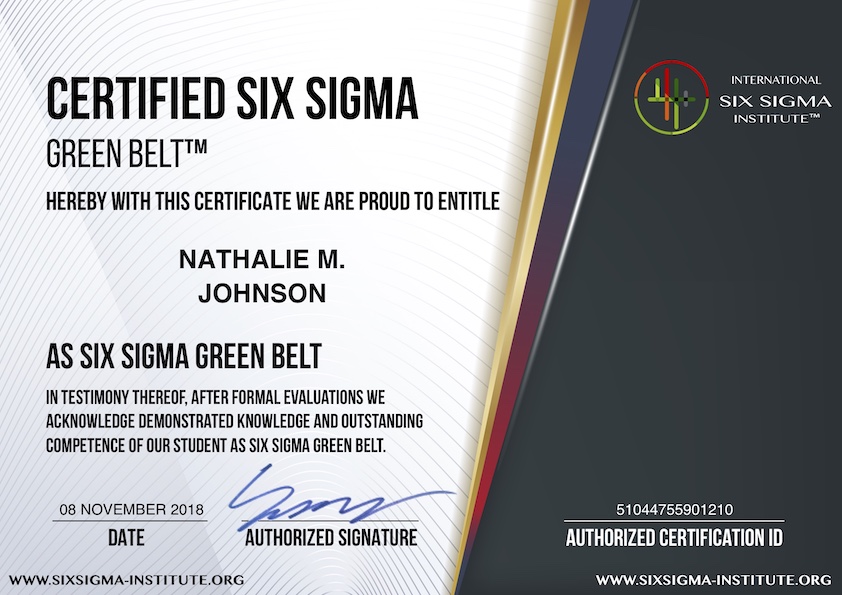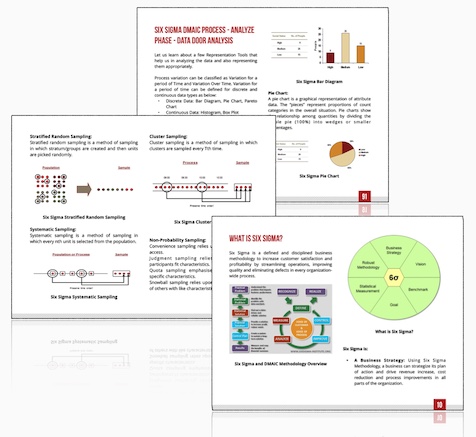Six Sigma DMAIC Process - Improve Phase - Solution Parameter
To define and come up with solution parameters for statistically validated X’s we need to:
- Develop Decision Statement
- Develop Solution Criteria
- Classify Solution Criteria
- Refine Solution Criteria
Develop Decision Statement:
Solutions should be generated to clarify the purpose of the decision to be made. Parameters to be considered while drafting a decision statement are:
- How will you manage expectations of customer?
- How will you establish boundaries on alternatives to be considered to resolve the problem?
- How will you reflect on prior decisions taken – “Level of Decision”?
The next thing to do is to Develop a Decision Statement and generate a list of six to twelve criteria to solve the problem. Consider desired results, restrictions being faced and availability of resources.
Classify Solution Criteria:
Once criteria have been listed, we have a clearer statement of the objectives against which to judge the various alternatives. In most situations, criteria vary in their degree of importance. We need to classify these criteria to reflect their relative influence on the solution choice. We divide criteria into two basic categories:
- Absolute Requirements or “Musts” – Mandatory, realistic and measurable requirements which help the project team to screen out unacceptable alternatives.
- Comparison Criteria or “Wants” – Desirable characteristics which provide a basis for comparison for criteria.
Refine Solution Criteria
We need to refine the wants and musts criteria before generating possible solutions. The solution criteria can be refined by:
Clarifying Everyone’s Understanding - Clarify everyone’s understanding about each criteria by discussing and restating each criteria. Make use of the SCAMPER tool to refine or synthesize the solution criteria.
SCAMPER is a checklist of idea-spurring questions and stands for:
- S – Substitute
- C – Combine
- A – Adapt
- M – Modify Or Magnify
- P – Put to other Uses
- E – Eliminate Or Minify
- R – Reverse Or Rearrange
Weighing the “Wants” – Weigh the ‘wants’ to reflect upon the relative importance of each want criteria by using a Likert scale of 1-10.
 SIXSIGMA INSTITUTE™
SIXSIGMA INSTITUTE™


